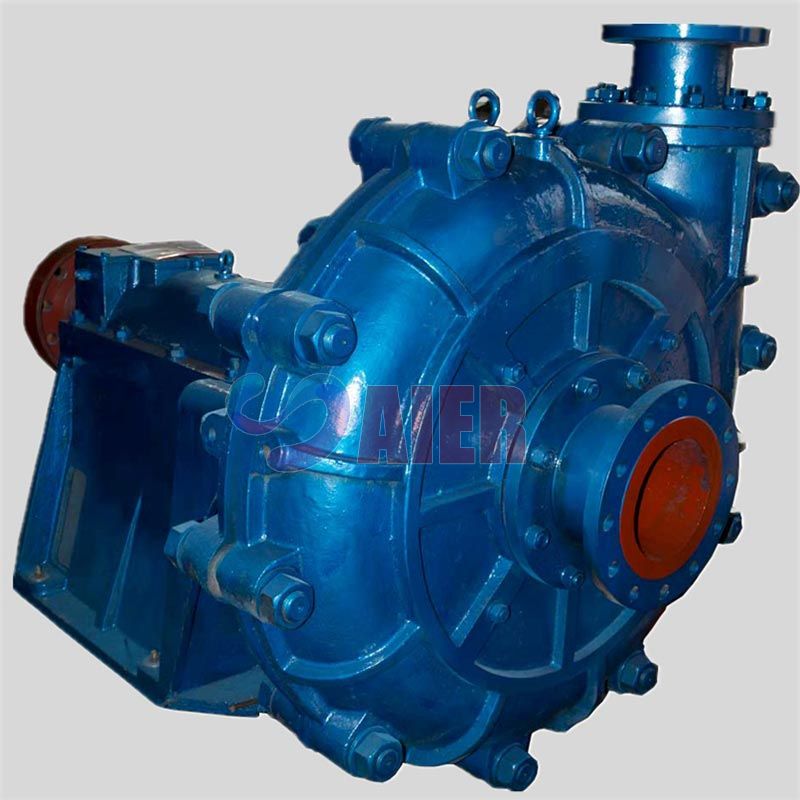Nov . 12, 2024 08:14 Back to list
suction dredge pump
Understanding Suction Dredge Pumps Key Components and Applications
Suction dredge pumps are critical pieces of equipment used in various industrial and construction applications, particularly in the fields of mining, environmental remediation, and infrastructure development. These pumps play an essential role in the efficient removal of sediment, debris, and other materials from water bodies, facilitating operations that require the excavation and transportation of materials. This article will explore the components, working principles, types, and applications of suction dredge pumps.
Components of Suction Dredge Pumps
A suction dredge pump consists of several key components that work together to perform its function effectively. The primary components include
1. Pump Housing The pump housing encloses the internal components and provides structural integrity. It is often made from robust materials like cast iron or stainless steel to withstand the harsh environments in which dredging occurs.
2. Impeller The impeller is the heart of the dredge pump, responsible for converting mechanical energy from the motor into hydraulic energy. The shape and design of the impeller affect the pump's efficiency and its ability to handle different types of materials.
3. Suction Head This component is critical for the intake process. The suction head generates the necessary vacuum to draw material into the pump. It usually has a mesh screen or inlet design to prevent larger debris from entering and damaging the pump.
4. Discharge Pipe After the material is pumped, it is transported through the discharge pipe to its intended location. The diameter and length of the discharge pipe can affect the overall efficiency and range of the pump.
5. Drive Mechanism Suction dredge pumps can be powered by various drive mechanisms, including electric motors, diesel engines, or hydraulic systems. The choice of power source often depends on the pump’s application and operational environment.
Working Principles
Suction dredge pumps operate based on the principles of hydraulics and fluid dynamics. When the pump is activated, the impeller spins, creating a low-pressure zone in the suction head. As the pressure drops, water and sediment are drawn into the pump. The rotating impeller then channels this mixture towards the discharge pipe through a series of vanes, increasing its velocity and propelling it to the designated site.
suction dredge pump

The efficiency of a suction dredge pump is influenced by several factors, including the pump’s design, the viscosity of the material being pumped, and the distance it needs to travel
. Proper calibration and maintenance are crucial to ensuring optimal performance.Types of Suction Dredge Pumps
There are several types of suction dredge pumps, each suited to different applications and materials
1. Centrifugal Pumps These are the most common type of suction dredge pumps. They are ideal for transporting water and slurries with relatively low solid content.
2. Positive Displacement Pumps Used for thicker or more viscous materials, these pumps are capable of moving a fixed amount of fluid with each cycle, making them suitable for heavy-duty dredging applications.
3. Submersible Dredge Pumps These pumps are designed to operate underwater, making them ideal for deep dredging projects. They offer flexibility and can be used in various aquatic environments.
4. Electric and Diesel Pumps Depending on the location and availability of power sources, operators may choose between electric and diesel-powered pumps. Each has its advantages and is suited for specific conditions.
Applications of Suction Dredge Pumps
Suction dredge pumps have a wide range of applications
- Environmental Remediation Dredging contaminated sediments from rivers, lakes, and harbors to prevent pollution and restore aquatic ecosystems. - Mining Operations Extracting mineral-rich sediments from riverbeds or other substrate locations. - Construction Projects Removing underwater debris or materials to prepare sites for new constructions, such as bridges and docks. - Maintenance of Waterways Regular dredging of rivers and canals to prevent sediment accumulation, ensuring safe navigation for boats and ships.
In conclusion, suction dredge pumps are indispensable tools in various industries requiring the movement of liquids and solids. Understanding their components, operation, and applications is essential for engineering professionals, environmentalists, and construction managers working in these industries. As technology advances, the efficiency and environmental friendliness of suction dredge pumps will continue to improve, further cementing their role in sustainable operations.
-
Wholesale Casting Dredge Pump Part - High Quality China Manufacturers & Suppliers
NewsJul.04,2025
-
High Quality Slurry Pump Seals Reliable China Suppliers & Manufacturers
NewsJun.24,2025
-
High Quality Portable Submersible Slurry Pump Supplier & Manufacturer from China
NewsJun.10,2025
-
Slurry Pump Parts Manufacturer – High Quality Rubber Spare Parts from China
NewsJun.10,2025
-
High Quality 1/3 HP Submersible Sump Pump with Vertical - Reliable Supplier & Factory Price
NewsJun.10,2025
-
High-Efficiency Centrifugal Slurry Pumps India
NewsJun.10,2025
